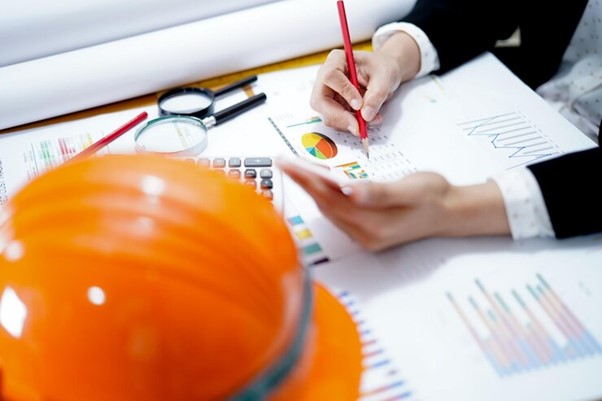Building Risk Assessment (BRA): Navigating Safety Challenges for Sustainable Operations
- February 15, 2024
- Posted by: Velosi Author
- Categories: HSE, Insights

Building Risk Assessment (BRA) is a tool or a crucial way to identify or evaluate the risks and mitigate situations that could harm people and their safety, including the environment. It accurately measures the risk and identifies any improvements that are required to ensure and safeguard any major accidental events.
Do we consider hidden dangers within buildings where we spend most of our time in today’s fast-paced world? It is essential to be safe and take care of the environment surrounding us. This blog will explore the basics of Building Risk Assessment (BRA), explaining essential strategies and their apparent advantages. Using suitable methods to check for potential hazards, Velosi safeguard’s people in buildings and create safer, healthier, and a better environment.
At Velosi, Building Risk Assessment is performed to assess the explosion, fire, and toxic release hazards using the three-stage process structured by API RP 752.
Understanding Building Risk Assessment
Have you ever considered what keeps buildings safe and environmentally sound? At the heart of this critical question lies the concept of Building Risk Assessment within the Health Safety and Environment (HSE) framework.
Definition & Scope
Building Risk Assessment is a process that checks for dangers and evaluates how risky a building’s structure and operations are. It includes ensuring the building is strong, the electricity is safe, and everything helps keep the environment safe for a long time.
The Role in HSE Standards
This assessment is vital for keeping and improving health, safety, and environmental rules. Finding possible dangers before they cause problems helps building managers and owners put safety measures in place to protect people and the environment.
Types of Risks Considered
A thorough Building Risk Assessment looks at different kinds of dangers, such as:
- Structural Risks: Looking at the base, materials, and strength of a building to see if there are any potential dangers.
- Electrical Risks: Ensure the electrical systems follow the rules and not cause fires.
- Fire Risks: Finding things that could cause fires and seeing if the ways we try to stop them are working well.
- Environmental Dangers: Evaluating environmental dangers, like air and water pollution, and how chemicals are stored.
Critical Components of a Building Risk Assessment (BRA)
For everyone’s safety and health, inspecting a building for dangers is imperative. But what makes it work well? Let’s look at its focal points:
- Finding Hazards:
The first thing to do is to look carefully at the building to find anything dangerous that can potentially harm the surrounding. This might include problems with the building’s structure, problems with the electricity, things that could cause a fire, and environmental dangers. Knowing what risks there are is very important to handle them well.
- Risk Analysis
Next, it is crucial to determine how severe the dangers are and how likely they are to occur. As a result of this study, deciding which risks are most important to focus on to utilize resources most effectively will be possible.
- Risk Evaluation
The final component is risk evaluation, where decisions are made regarding which identified risks necessitate immediate action. This process involves considering each risk’s potential health and safety impacts, ensuring that the most severe are addressed promptly to maintain the well-being of occupants and the environment.
Strategies for Effective Building Risk Assessment (BRA)
- Regular Inspections and Audits: Do regular checks to find any new or changing dangers in the building. These checks help ensure the risk assessment is current and quickly locate and handle any possible dangers.
- Involvement of Stakeholders: Involving everyone who works in the building or lives there in looking at the risks. Their personal experiences and thoughts can give helpful information about things that could be dangerous and ways to make things better.
- Putting safety measures in place: putting in smoke alarms and fire extinguishers to prevent fires, making buildings stronger to prevent them from falling, and ensuring that electric systems are correctly grounded. These steps are significant in reducing the risks before they get worse.
- Reviews & Documentation: Keep good records of the risks you find, what you do about them, and what happens. Checking this documentation regularly helps us see how we’re doing, make sure we’re responsible, and make things better for the safety and environment of the building.
Please contact us for more information and assistance.



